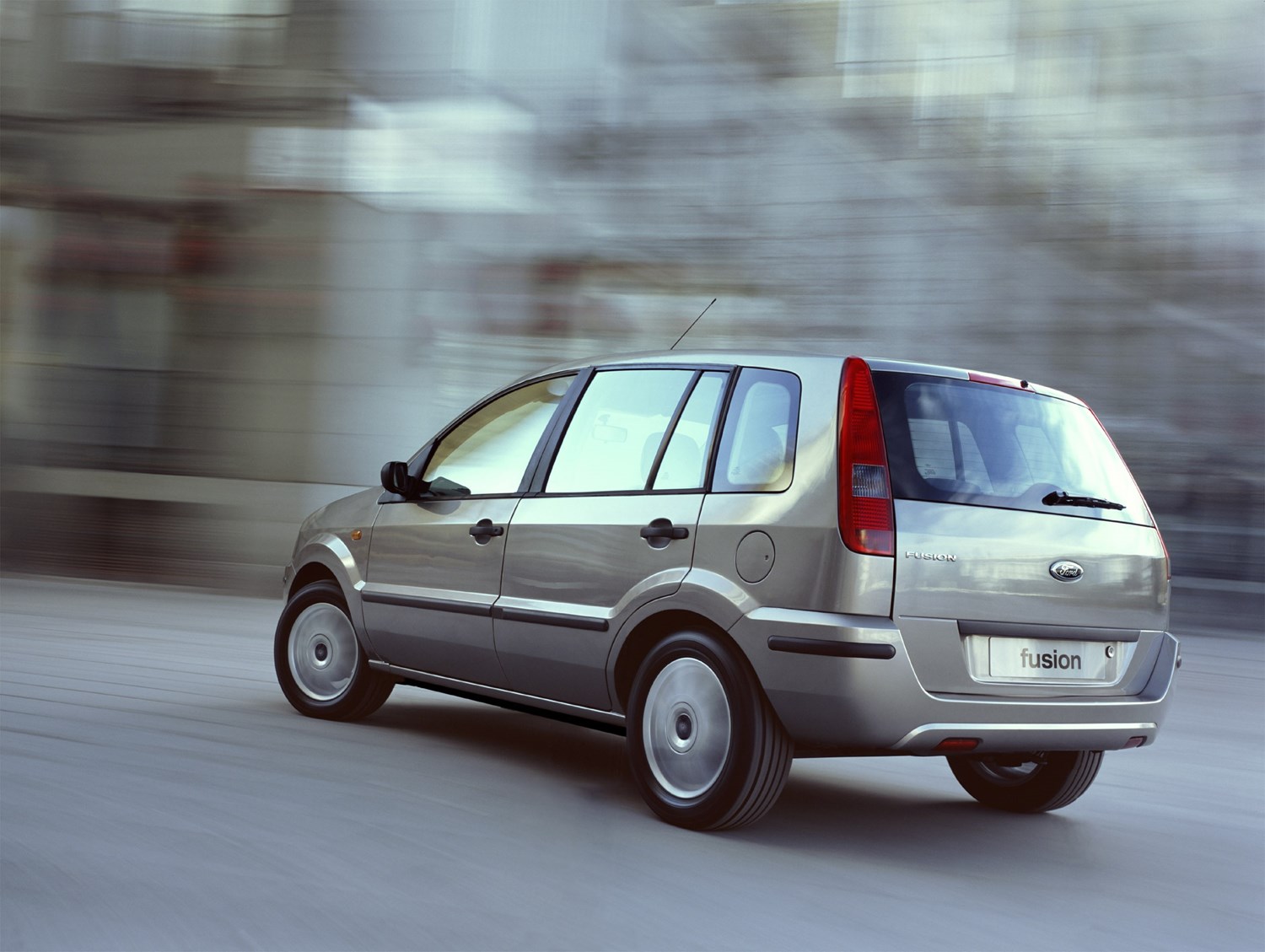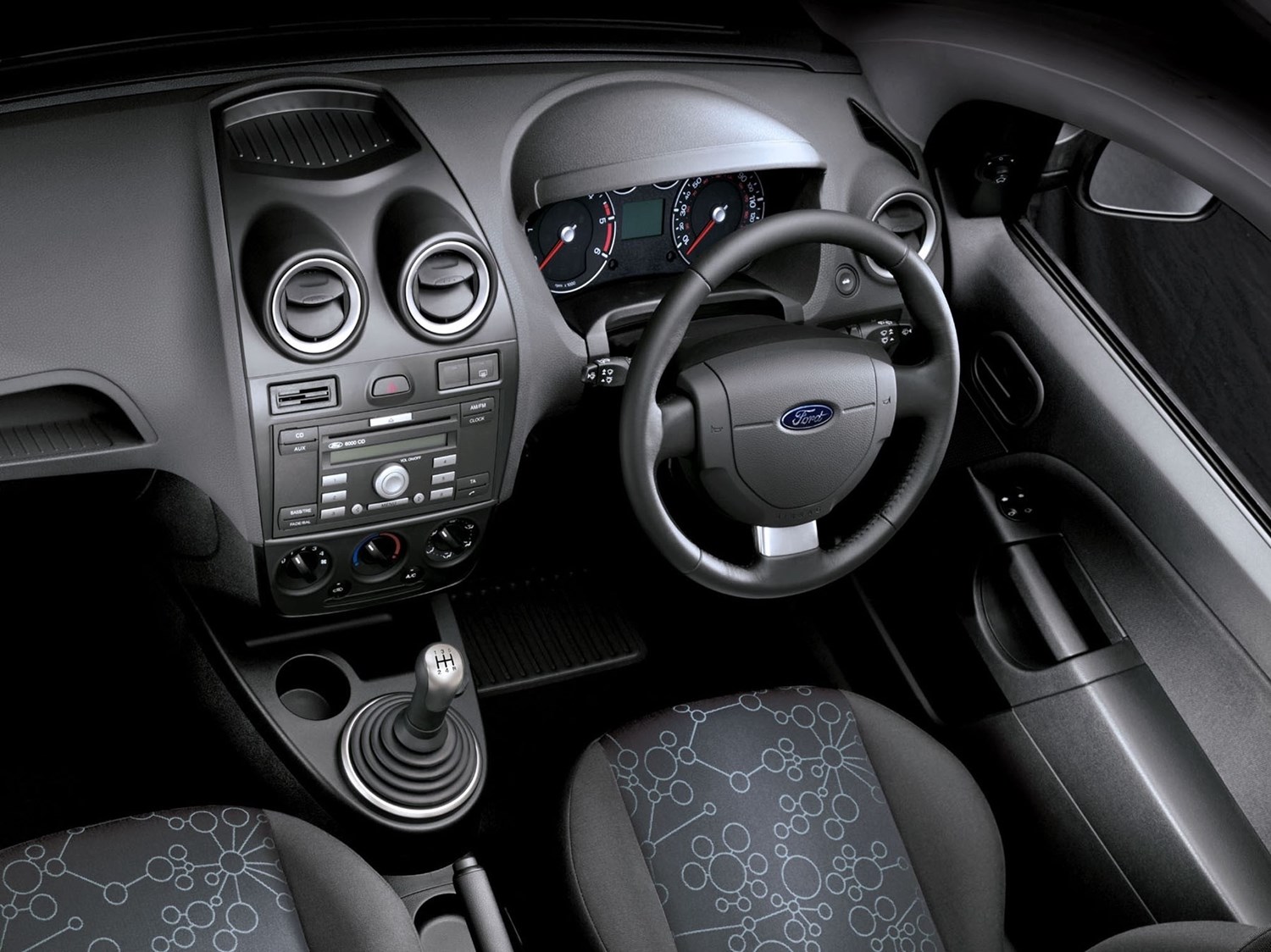Latest model
Updated alongside the Fiesta at the same time, Ford’s Fusion was facelifted for 2006. Receiving a smarter front end design, it also benefited from a bolder colour palette, including a bright green, purple, red and metallic blue.
Other changes include improved soundproofing to offer a more hushed driving experience, while additional ‘soft’ plastic trim was fitted to help make it easier to differentiate from its predecessor.
The Fusion would remain on sale for a decade, with the final examples being registered in 2012. It was indirectly replaced by the B-Max, and then the Ecosport a few years later.
Value for money
At its launch, prices started at just over £10,000 for the Fusion, making it a touch more expensive than the Fiesta at the time. It was roomier, though, to help justify its price. Today, the Fusion makes a great used buy for those on a budget, with usable examples available for less than £1,000, making them a very affordable runabout. For about £1,500, you can get a presentable facelift example with around 80,000 miles on the clock. If you want a top notch example, though, you need to be prepared to pay more, with the best-of-the-best examples costing more than £5,000.
Looks and image
Though the Fiesta is a car that always manages to look fresh and desirable to all age groups, the Fusion’s appeal is somewhat limited. That boxier design and higher driving position might aid its practicality, but it does mean the Fusion’s audience isn’t quite diverse – the model favouring an older buyer. The later facelift examples are marginally more appealing, as are Titanium versions fitted with the larger set of alloy wheels.
Inside, the Fusion doesn’t fare too much better, with the interior layout looking and feeling dated, even next to rivals of a similar age. Durable plastics and a matt-finished dashboard do make it seem quite hard-wearing.
Unfortunately, the Fusion didn’t carry over the same dynamic spark as the Fiesta it’s based on. That increased ride height means it’s nowhere near as good through the corners as the supermini, with lots of body lean for a relatively compact car. The suspension is also surprisingly stiff, though comfortable and soft seats mean the Fusion is a relatively comfortable choice. The higher driving position will likely appeal to some, too.

